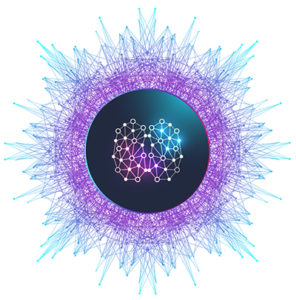As the old saying goes, “You are what you eat.”
Data is the lifeblood of our organizations, and companies who believe that all the data they need is housed in an ERP or other line of business system are doomed.
In today’s digital era, data must be curated from multiple applications, sources, services, and things. There’s no such thing as a single source of data. Our success depends on evolving the way we think about work.
For example, instead of just focusing on process improvement, we have to think about what data and information our processes produce and how it will be consumed.
Mathematician Clive Humby wisely stated that “data is the new oil” back in 2006. Crude oil requires refinement to become useful. And our data is exactly the same. Master data management, content repositories, data lakes, and data science skills are critical for making data useful.
People will be Removed from Processes
 As humans are removed from easily-automated processes, we discover the importance of data. Poor data makes automation difficult, and in the case of self-driving cars, dangerous.
As humans are removed from easily-automated processes, we discover the importance of data. Poor data makes automation difficult, and in the case of self-driving cars, dangerous.
And by the way, I’m not a proponent of removing human workers. I believe the future of A.I., and its greatest value is in augmenting the way we work.
Crucial Technology for Feeding A.I. a Healthy Diet
To ensure you’re feeding intelligence-based technology a healthy diet you will need a combination of tools:
- Data processing – because there’s not a single source of data, you need to extract information from a variety of sources. Data needs to be ingested from documents, content management systems, line of business applications, transactional logs, electronic files, etc.
- Robotic process automation – routinely performed processes need to be automated to free human workers to focus on more value-driven tasks. There are many reasons why information is moved between systems, so the focus shouldn’t be on eliminated theses processes, but on automating them.
- Data analytics – analytics tools infuse decision-making processes with critical data elements. By feeding these tools with accurate and timely information, business leaders can stay ahead of problems, and make valuable predictions about the future.
- Internet of Things (IoT) technology – if your organization has any physical equipment or manual processes, IoT devices will deliver critical information into decision-making processes. IoT devices provide essential real-time data streams that would otherwise require time-consuming human observation.
Protect the future of your organization by building a healthy menu of quality data. Your A.I. will thank you.